Home>Furniture & Design>Outdoor Furniture>How To Install An Outdoor TV Antenna
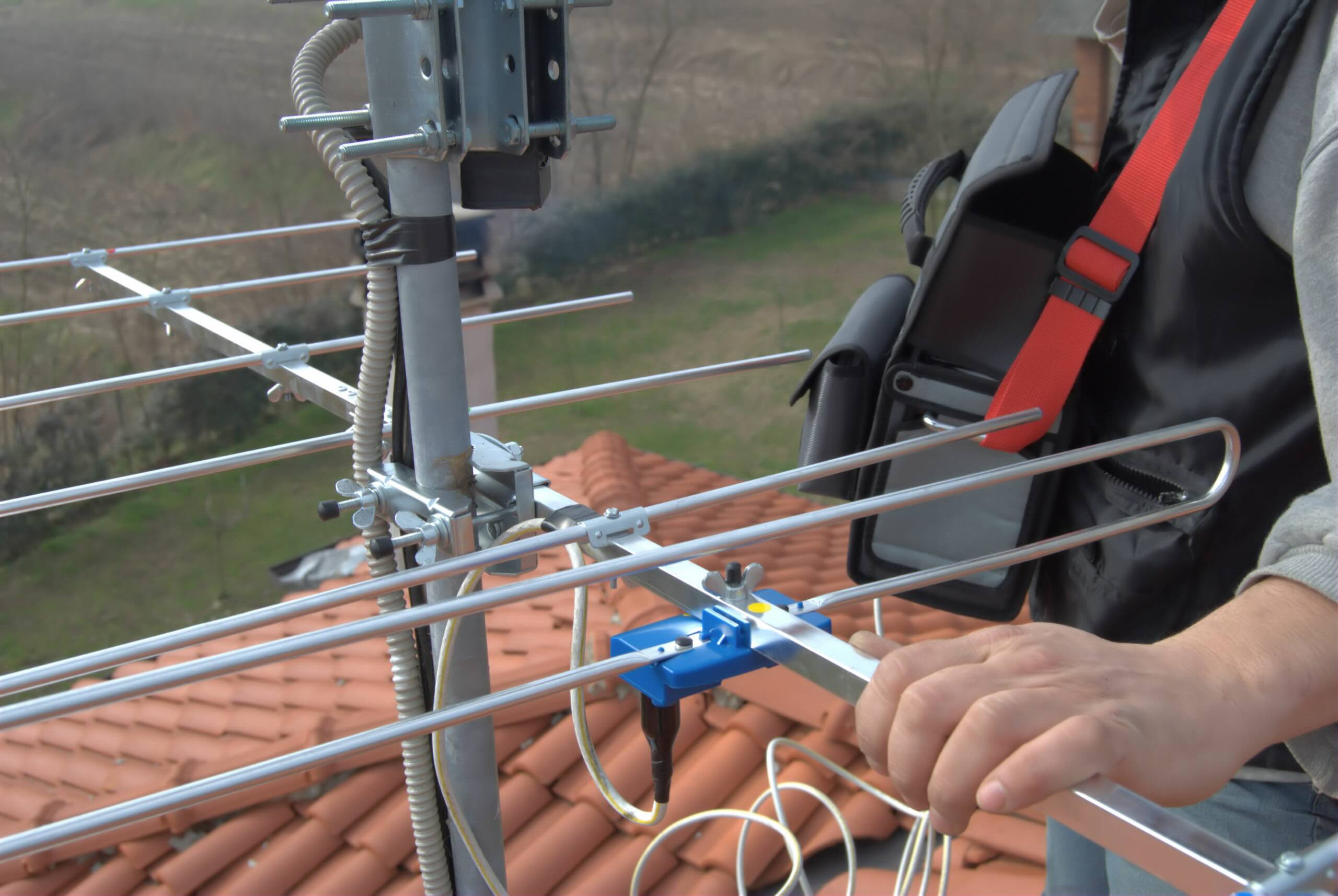

Outdoor Furniture
How To Install An Outdoor TV Antenna
Modified: January 14, 2024
Learn how to properly install an outdoor TV antenna to ensure optimal reception and enjoy your favorite shows in your outdoor living space. Get expert tips on outdoor furniture, furniture, and design.
(Many of the links in this article redirect to a specific reviewed product. Your purchase of these products through affiliate links helps to generate commission for Storables.com, at no extra cost. Learn more)
Introduction
Are you ready to take your outdoor entertainment to the next level? Installing an outdoor TV antenna can open up a world of possibilities, allowing you to enjoy your favorite shows and sporting events while basking in the beauty of the great outdoors. Whether you're planning a backyard movie night, a Sunday afternoon barbecue, or simply want to catch up on the news while lounging on your patio, a well-installed outdoor TV antenna can make it all possible.
In this comprehensive guide, we'll walk you through the step-by-step process of installing an outdoor TV antenna. From choosing the right antenna for your needs to finding the optimal location and completing the installation, we've got you covered. With the right tools, a bit of know-how, and a touch of patience, you'll soon be tuning in to crystal-clear, high-definition TV channels right in your outdoor space.
So, grab your toolkit and get ready to embark on this exciting journey. By the end of this guide, you'll have the knowledge and confidence to install an outdoor TV antenna like a seasoned pro. Let's dive in and bring your outdoor entertainment dreams to life!
Key Takeaways:
- Upgrade your outdoor entertainment by installing a TV antenna. Choose the right antenna, find the best location, and connect it to your TV for a seamless outdoor viewing experience.
- Enjoy your favorite shows and sports outdoors with a well-installed TV antenna. Carefully assemble, mount, and adjust the antenna for optimal signal reception and a captivating outdoor TV experience.
Read more: How To Install Outdoor Antenna Tv
Choosing the Right Antenna
Before you begin the installation process, it’s crucial to select the right outdoor TV antenna for your specific needs. The market offers a wide range of options, including omnidirectional and directional antennas, amplified and non-amplified models, and antennas designed for specific frequency bands. Here’s a breakdown of key factors to consider when choosing the perfect antenna:
- Signal Range: Assess the distance between your location and the nearest broadcast towers. This will help you determine the appropriate range for your antenna to ensure optimal reception of available channels.
- Directional vs. Omnidirectional: If you’re primarily targeting signals from a specific direction, a directional antenna may be the best choice. On the other hand, an omnidirectional antenna is designed to receive signals from multiple directions, making it ideal for locations with broadcast towers in various locations.
- Amplified vs. Non-Amplified: Amplified antennas come with a built-in signal amplifier to enhance weak signals, making them suitable for areas with obstacles or significant distances from broadcast towers. Non-amplified antennas are ideal for locations with strong, unobstructed signals.
- Frequency Band Compatibility: Ensure that the antenna supports the frequency bands used by local broadcasters. This is especially important for receiving UHF and VHF channels, as some antennas are optimized for one band over the other.
- Weather Resistance: Given the outdoor installation, opt for an antenna designed to withstand various weather conditions, including wind, rain, and UV exposure. Look for durable, weather-resistant materials to ensure longevity and reliable performance.
Additionally, consider consulting with a professional or utilizing online tools that can help you determine the most suitable antenna based on your location and specific requirements. By carefully evaluating these factors, you can make an informed decision and select an antenna that aligns with your outdoor TV viewing goals.
Finding the Best Location
Once you’ve chosen the right outdoor TV antenna, the next crucial step is identifying the optimal installation location. The placement of your antenna plays a pivotal role in ensuring reliable reception and high-quality signal transmission. Here’s how to pinpoint the best spot for mounting your antenna:
- Survey the Surroundings: Begin by surveying your outdoor space to identify potential obstructions that could interfere with the signal, such as tall trees, buildings, or other structures. Clear line-of-sight to the broadcast towers is essential for optimal reception.
- Utilize Signal Mapping Tools: Online signal mapping tools can provide valuable insights into the signal strength and direction of local broadcast towers. By entering your address, you can access detailed information that aids in determining the most favorable antenna orientation.
- Consider Elevation: Higher elevations often result in improved signal reception. If feasible, explore elevated mounting options, such as rooftops or elevated poles, to maximize the antenna’s exposure to broadcast signals.
- Account for Cable Routing: Plan the cable routing from the antenna to your TV, ensuring that the chosen location allows for practical and discreet cable installation. This may involve assessing access points and potential obstacles along the cable path.
- Assess Environmental Factors: Take into account the impact of environmental elements, such as wind and inclement weather, on the chosen installation location. Opt for a site that minimizes exposure to harsh conditions and offers adequate protection for the antenna.
By carefully evaluating these considerations and leveraging available resources, you can pinpoint the prime location for installing your outdoor TV antenna. Keep in mind that a strategic placement will pave the way for optimal signal reception, ensuring an exceptional viewing experience in your outdoor oasis.
Assembling the Antenna
With the ideal location identified, it’s time to move on to the assembly of your outdoor TV antenna. While the specific assembly process may vary based on the chosen antenna model, the following general steps outline the typical assembly procedure:
- Unpack and Inspect: Carefully unpack the antenna and its components, ensuring that all parts are present and undamaged. Refer to the manufacturer’s instructions and component list to verify the completeness of the package.
- Organize the Components: Lay out the antenna components in an organized manner, grouping related parts together to facilitate the assembly process. This includes elements such as the antenna elements, mounting brackets, connecting hardware, and any included accessories.
- Follow Manufacturer’s Instructions: Adhere to the manufacturer’s provided assembly instructions, which typically include detailed diagrams, step-by-step procedures, and recommended tools for the assembly process. Ensure that you understand each step before proceeding to avoid errors.
- Secure the Elements: Assemble the antenna elements according to the provided guidelines, securely attaching them to the designated mounting brackets or support structure. Pay close attention to alignment and spacing to achieve the intended reception characteristics.
- Connect Coaxial Cable: If the antenna requires the attachment of a coaxial cable, follow the instructions to properly connect and secure the cable to the designated terminal on the antenna. Use appropriate connectors and ensure a snug, weather-resistant connection.
- Verify Secure Fastenings: Double-check all fastenings, connections, and attachment points to ensure that the assembled antenna is securely constructed. This includes tightening bolts, clamps, and any other fastening mechanisms to prevent potential issues during installation.
By meticulously following the assembly instructions and exercising care during the process, you can ensure that your outdoor TV antenna is properly assembled and ready for the subsequent mounting phase. Attention to detail at this stage sets the foundation for a successful and reliable installation.
When installing an outdoor TV antenna, make sure to choose a location with a clear line of sight to the broadcast towers. This will ensure the best reception for your TV channels.
Mounting the Antenna
With the antenna assembled and the installation location determined, the next crucial step is mounting the antenna in its designated position. Proper mounting is essential for maximizing signal reception and ensuring the long-term stability of the installation. Follow these steps to securely mount your outdoor TV antenna:
- Prepare Mounting Hardware: Gather the necessary mounting hardware, which may include brackets, clamps, mast, and associated fasteners. Ensure that the hardware is compatible with the antenna and suitable for the chosen installation location.
- Secure the Mounting Mast: If a mounting mast is required for your antenna, securely attach it to the designated mounting surface, such as a rooftop, exterior wall, or pole. Use appropriate anchors, braces, or mounts to ensure the stability and integrity of the mast.
- Position the Antenna: Carefully position the assembled antenna at the designated mounting location, aligning it according to the optimal orientation for signal reception. Enlist the assistance of a second person if necessary to handle the antenna and facilitate the mounting process.
- Attach the Antenna: Using the provided mounting hardware, affix the antenna to the mounting mast or support structure, following the manufacturer’s guidelines for secure attachment. Ensure that the antenna is level, plumb, and firmly fastened to prevent movement or misalignment.
- Secure Cable Routing: Route the coaxial cable from the antenna to the desired entry point into your home or outdoor entertainment area. Secure the cable along the mast or mounting surface using appropriate clips or fasteners to prevent dangling or potential damage.
- Weatherproof Connections: Apply weatherproofing measures to the cable connections and entry points to safeguard against moisture and environmental elements. This may involve using outdoor-rated cable connectors, waterproofing tape, or sealants to maintain signal integrity.
By meticulously executing the mounting process and adhering to best practices, you can ensure that your outdoor TV antenna is securely installed and poised to deliver exceptional signal reception. A robust and well-mounted antenna sets the stage for an immersive outdoor TV viewing experience.
Read more: What Is A Good Outdoor Tv Antenna
Connecting the Antenna to the TV
With the outdoor TV antenna securely mounted, the next step involves establishing the connection between the antenna and your television. This pivotal phase ensures that the signal captured by the antenna is efficiently transmitted to your TV, enabling you to enjoy a wide array of broadcast channels. Follow these steps to connect the antenna to your TV:
- Locate the Antenna Input: Identify the antenna input terminal on your TV, typically labeled as “Antenna In,” “RF In,” or “Coaxial In.” This terminal is the point of connection for the coaxial cable from your outdoor antenna.
- Prepare the Coaxial Cable: If the coaxial cable is not pre-attached to the antenna, ensure that it is properly terminated with a coaxial connector. Trim any excess shielding and insulation to expose the core conductor, ensuring a clean and secure connection.
- Connect the Coaxial Cable: Insert the coaxial cable’s connector into the designated antenna input terminal on your TV, ensuring a snug and secure fit. Hand-tighten the connector to establish a reliable electrical connection without over-tightening.
- Scan for Channels: Access your TV’s menu or settings and initiate a channel scan to detect available broadcast channels. This process allows your TV to recognize and store the channels received through the outdoor antenna, providing access to local programming.
- Optimize Signal Reception: Fine-tune the antenna orientation if necessary, aiming to achieve the strongest signal reception for the detected channels. Small adjustments to the antenna’s position may enhance signal quality and maximize the number of available channels.
- Test Signal Quality: Tune into various channels to assess the signal quality and clarity. Verify that the channels are displayed without distortion or interference, indicating successful reception and transmission from the outdoor antenna.
By following these guidelines and ensuring a secure and properly terminated connection, you can establish a seamless link between your outdoor TV antenna and your television. This pivotal connection paves the way for immersive outdoor entertainment, bringing a diverse selection of broadcast channels directly to your outdoor viewing area.
Adjusting and Testing the Antenna
After connecting the outdoor TV antenna to your television, it’s essential to fine-tune the antenna’s positioning and conduct thorough testing to optimize signal reception. This phase allows you to ensure that the installed antenna delivers reliable performance and provides access to a broad spectrum of high-quality broadcast channels. Follow these steps to adjust and test your outdoor TV antenna:
- Signal Strength Assessment: Access your TV’s signal strength or quality indicator within the settings menu to gauge the reception performance for detected channels. This feature provides valuable insights into the received signal’s strength and clarity.
- Antenna Orientation Adjustment: Gradually adjust the orientation of the outdoor antenna, making small increments in its position to enhance signal reception. Monitor the signal strength indicator on your TV as you fine-tune the antenna’s direction for optimal performance.
- Utilize Signal Mapping Tools: Online signal mapping tools can aid in identifying the direction of local broadcast towers and optimizing the antenna’s orientation. By cross-referencing the tower locations with your antenna’s position, you can refine its alignment for improved reception.
- Collaborative Testing: Enlist the assistance of a family member or friend to observe the TV’s signal strength indicator while you make adjustments to the antenna. This collaborative approach facilitates real-time feedback, allowing for precise antenna positioning.
- Weather-Dependent Testing: Conduct signal testing during various weather conditions, including clear skies, overcast days, and inclement weather. Assessing signal performance under diverse weather scenarios ensures that the antenna delivers consistent reception quality.
- Channel Verification: Tune into a variety of channels to verify the clarity and stability of the received signals. Confirm that the channels are displayed without distortion, pixelation, or audio disruptions, indicating successful reception and transmission from the outdoor antenna.
By diligently adjusting and testing the outdoor TV antenna, you can fine-tune its orientation and ensure optimal signal reception, resulting in a diverse selection of high-quality broadcast channels. This meticulous approach guarantees an immersive outdoor TV viewing experience, allowing you to enjoy your favorite programs with exceptional clarity and reliability.
Conclusion
Congratulations on successfully navigating the installation process of your outdoor TV antenna! By following the comprehensive steps outlined in this guide, you’ve empowered yourself to bring the magic of television to your outdoor space, creating an inviting environment for leisure, entertainment, and social gatherings. As you bask in the glow of your favorite shows and sporting events amidst the beauty of nature, your outdoor TV antenna stands as a testament to seamless integration of technology and outdoor living.
With the right antenna carefully chosen to suit your location and viewing preferences, you’ve unlocked a world of entertainment possibilities, from captivating dramas to thrilling sports spectacles. The thoughtful selection of the optimal installation location has ensured that your antenna is poised to capture clear, high-definition signals, delivering an immersive viewing experience for you and your guests.
As you assembled and mounted the antenna with precision and care, you’ve laid the foundation for reliable performance and long-term durability. The meticulous attention to detail in connecting the antenna to your TV and fine-tuning its position has culminated in a seamless link that brings a diverse array of broadcast channels directly to your outdoor oasis.
Now, as you sit back and revel in the captivating visuals and immersive sound of outdoor television, you can take pride in your accomplishment. Your outdoor TV antenna installation represents a harmonious fusion of technology and nature, enriching your outdoor lifestyle and creating lasting memories with friends and family.
So, raise a toast to your outdoor TV antenna and the boundless opportunities it brings to your outdoor entertainment repertoire. With a world of programming at your fingertips, your outdoor space is primed to become a captivating hub of leisure and relaxation, where the wonders of television merge seamlessly with the splendor of the great outdoors.
Frequently Asked Questions about How To Install An Outdoor TV Antenna
Was this page helpful?
At Storables.com, we guarantee accurate and reliable information. Our content, validated by Expert Board Contributors, is crafted following stringent Editorial Policies. We're committed to providing you with well-researched, expert-backed insights for all your informational needs.
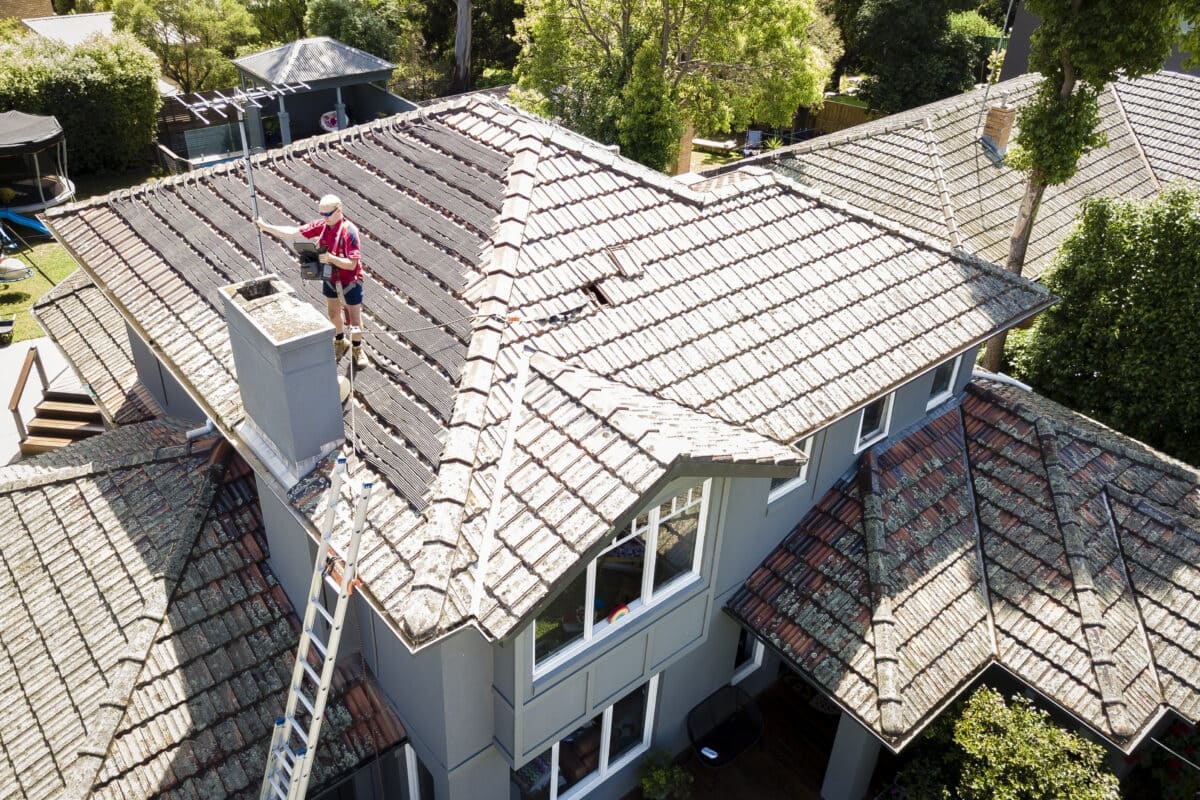
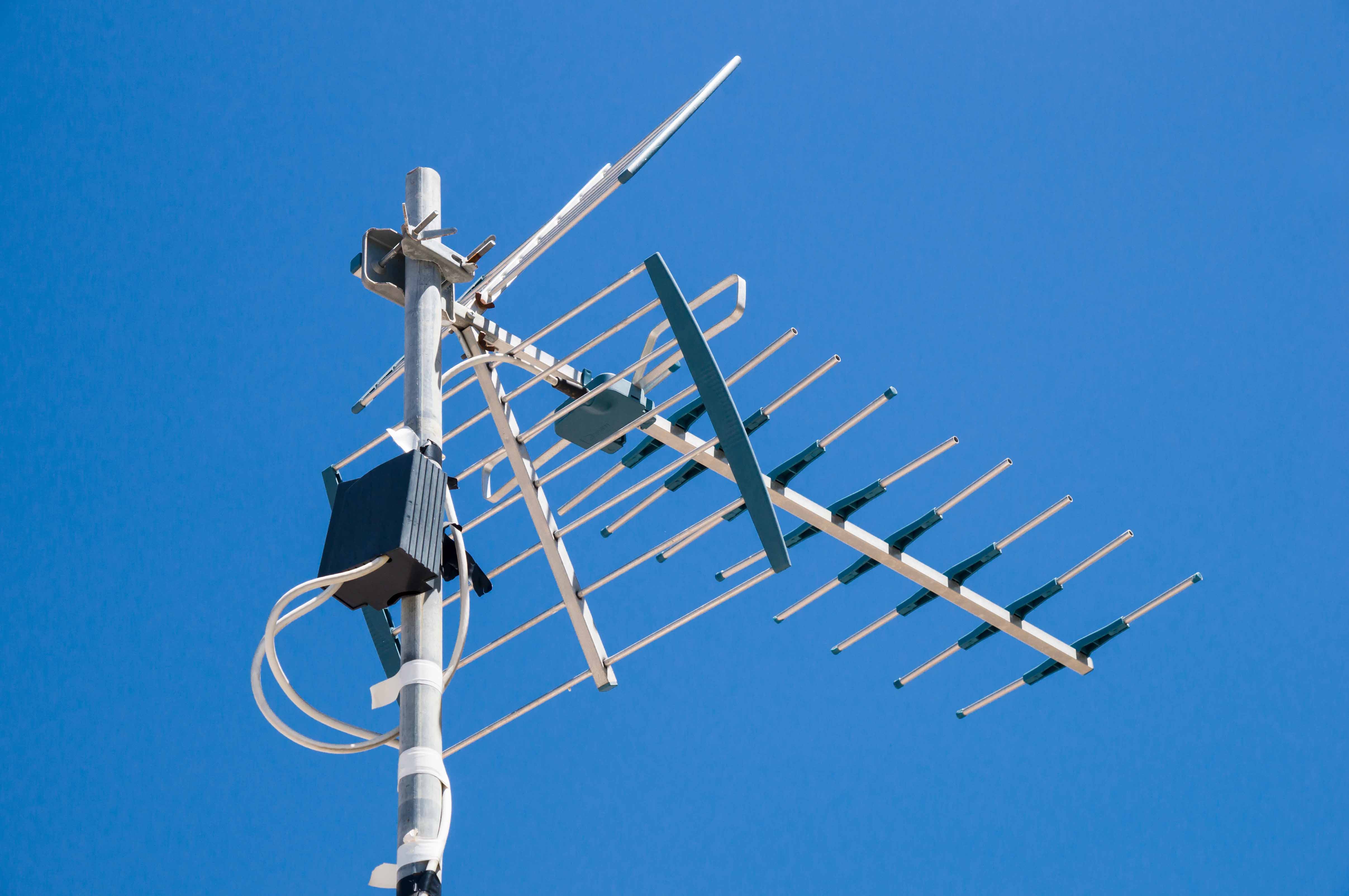
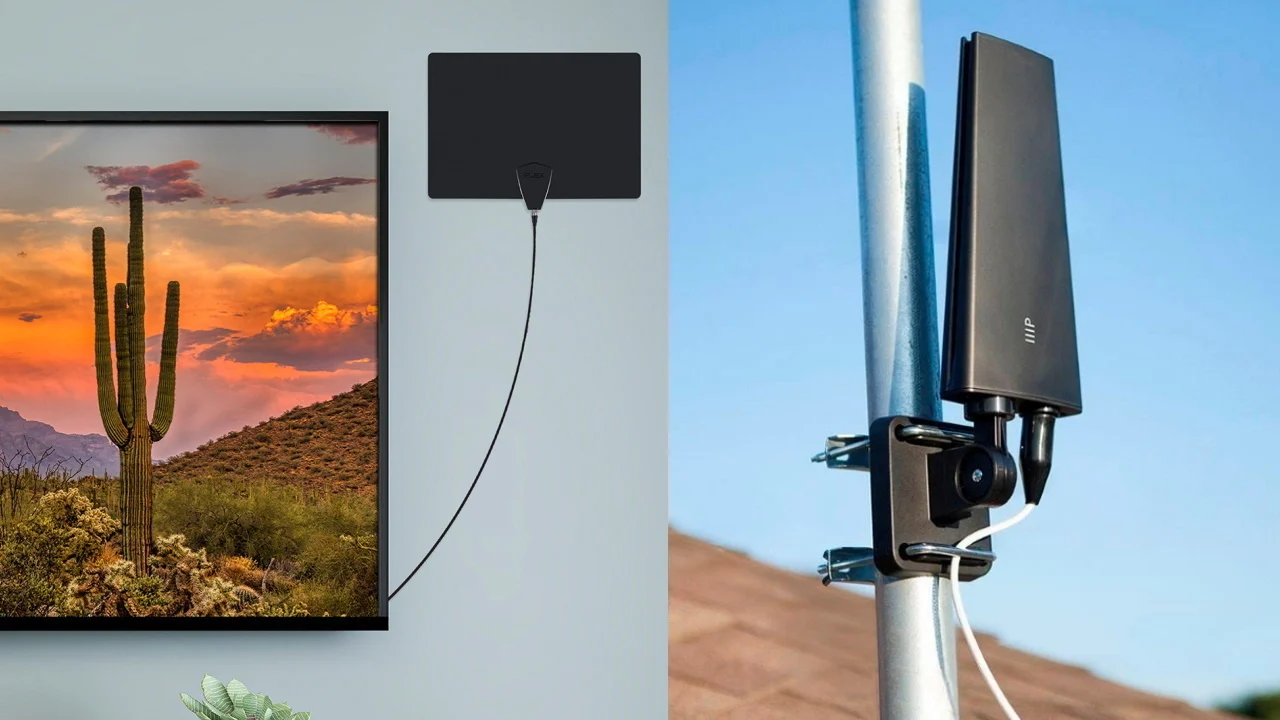
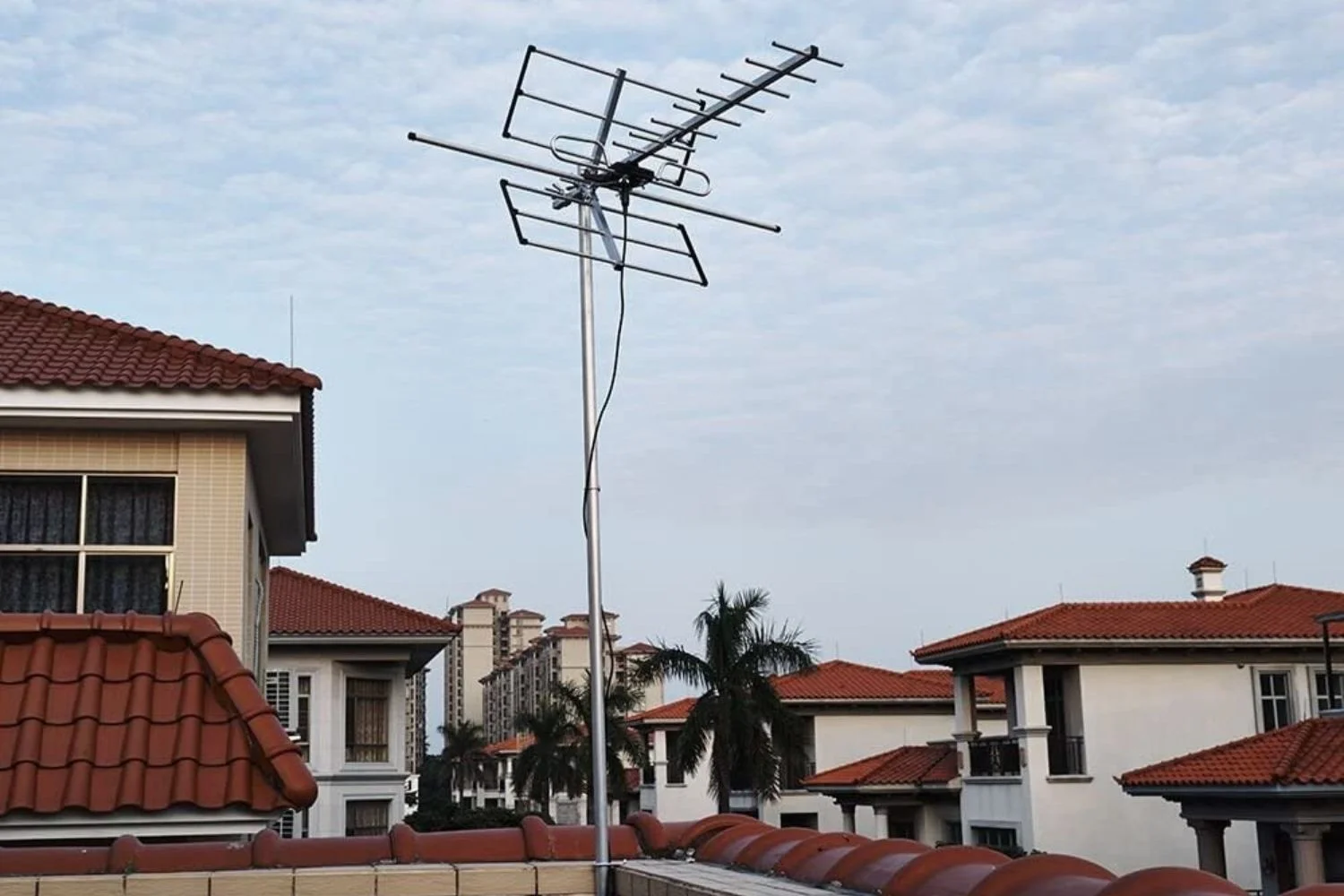
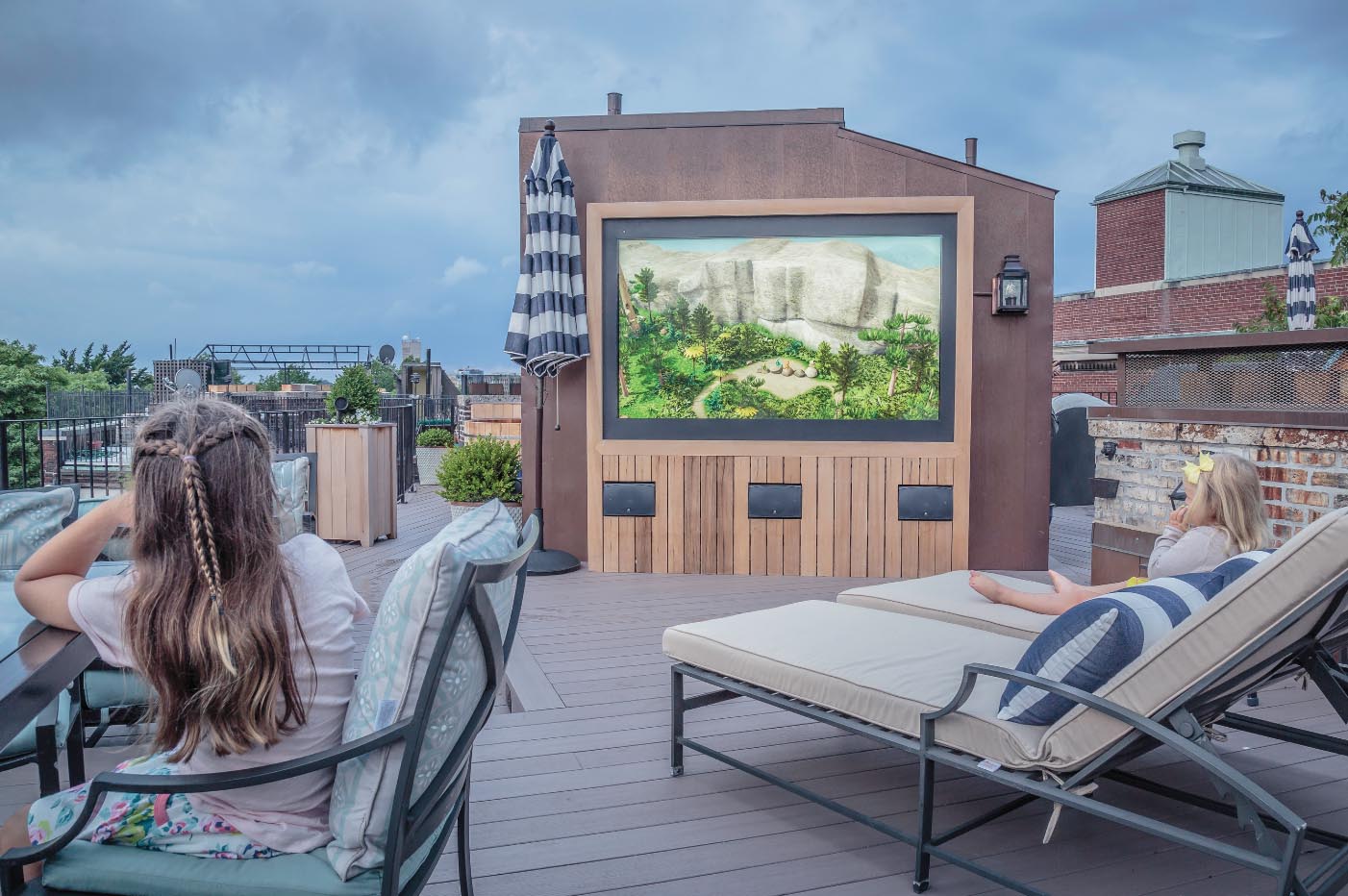
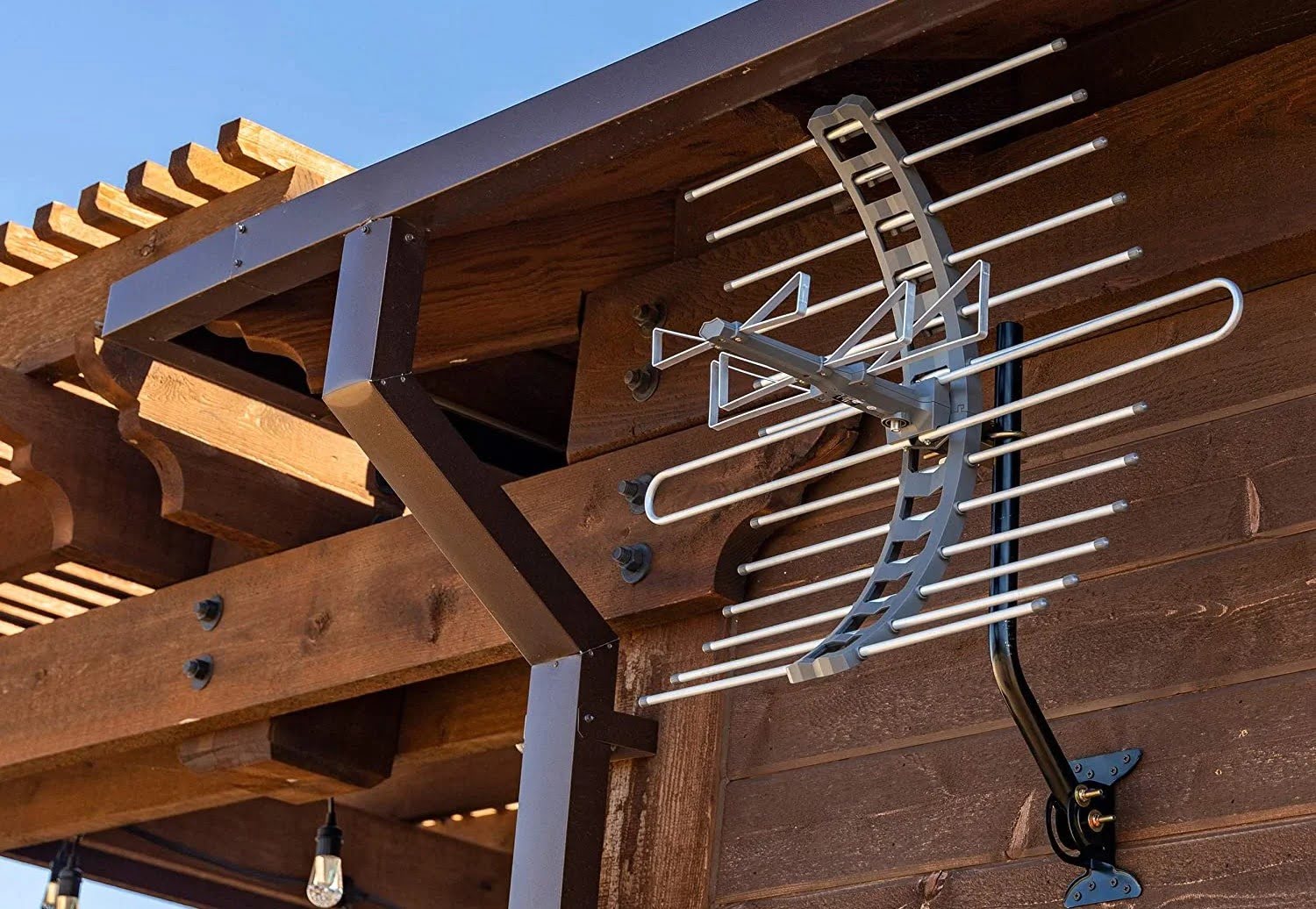
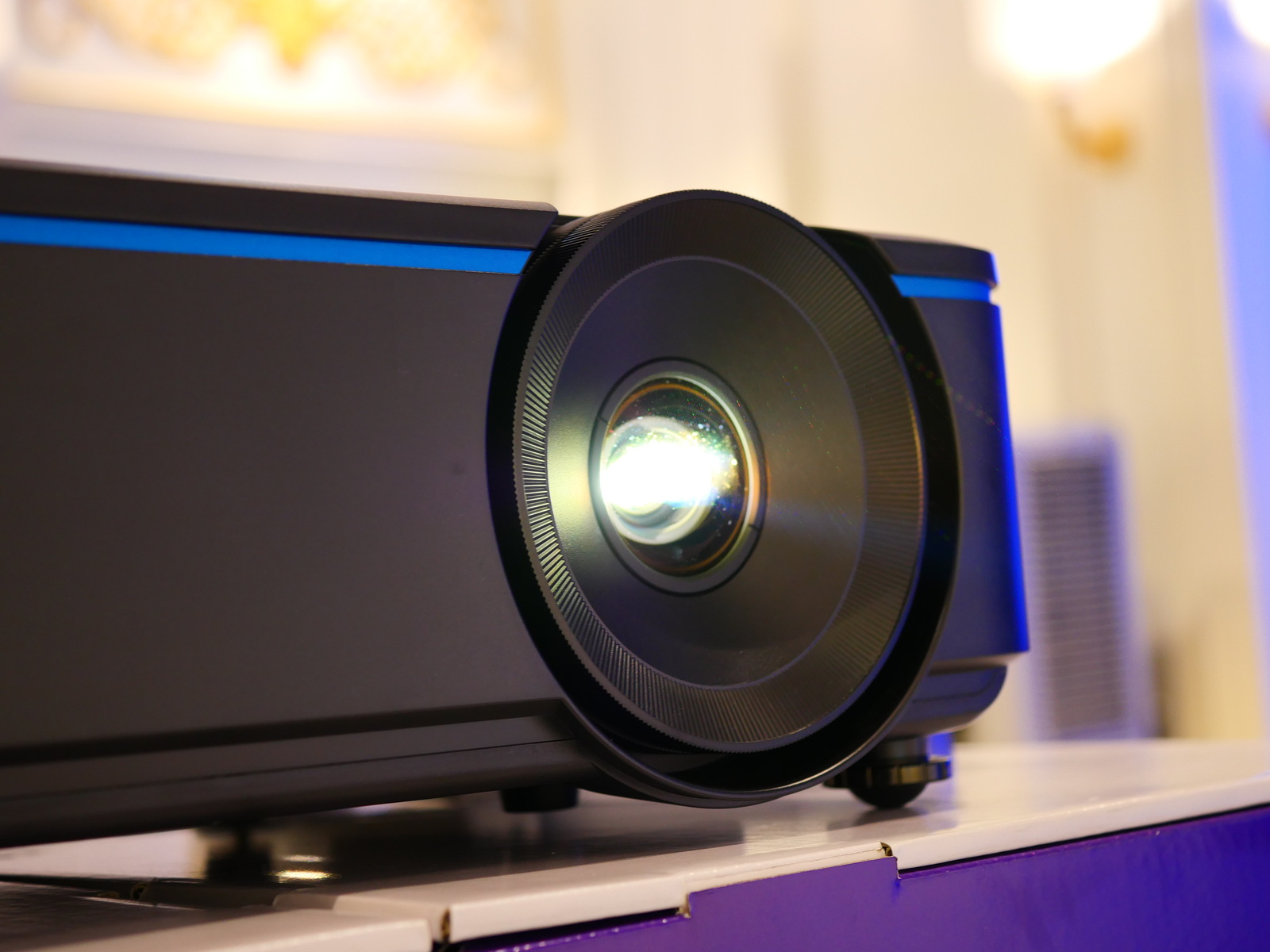
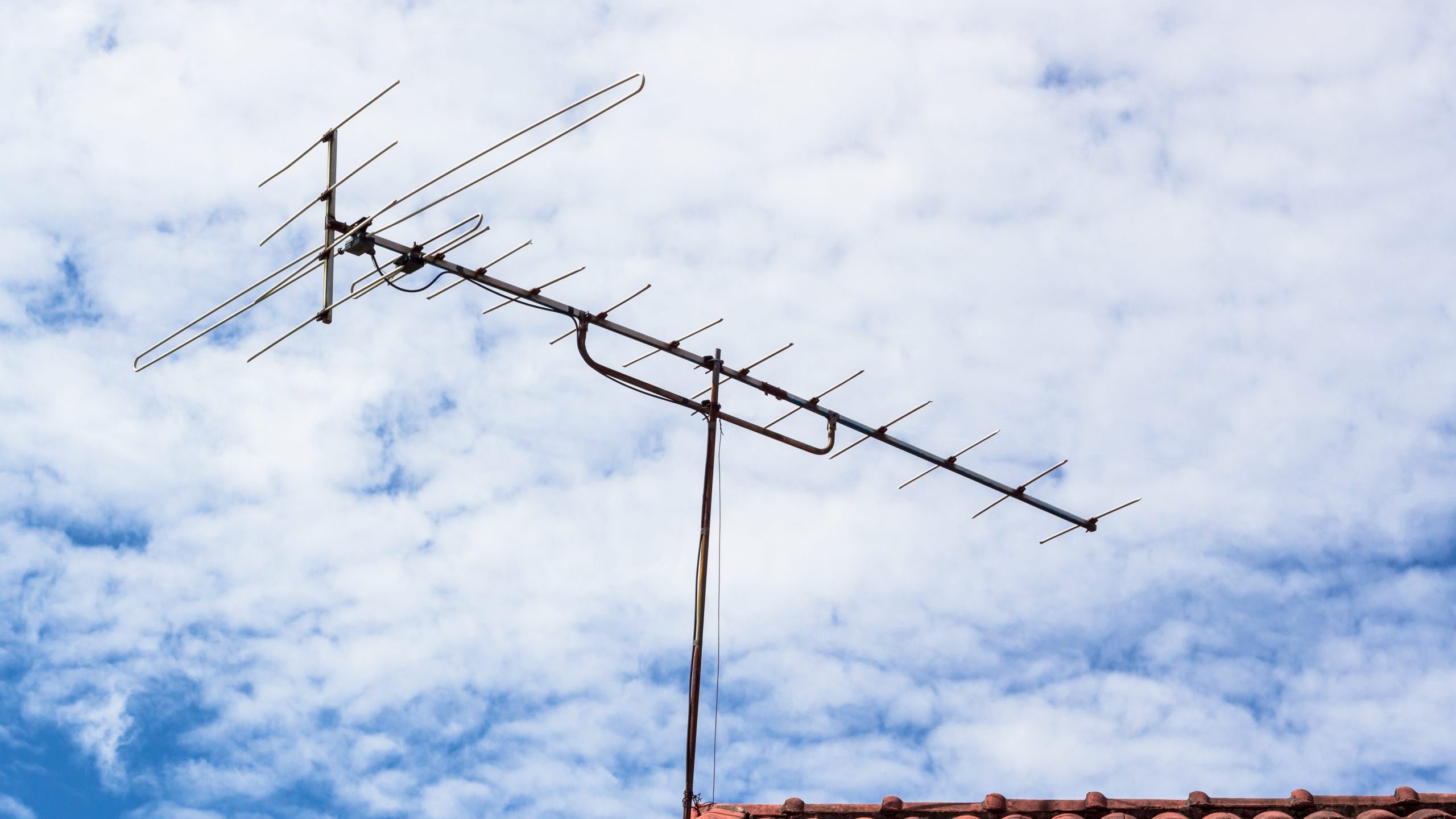
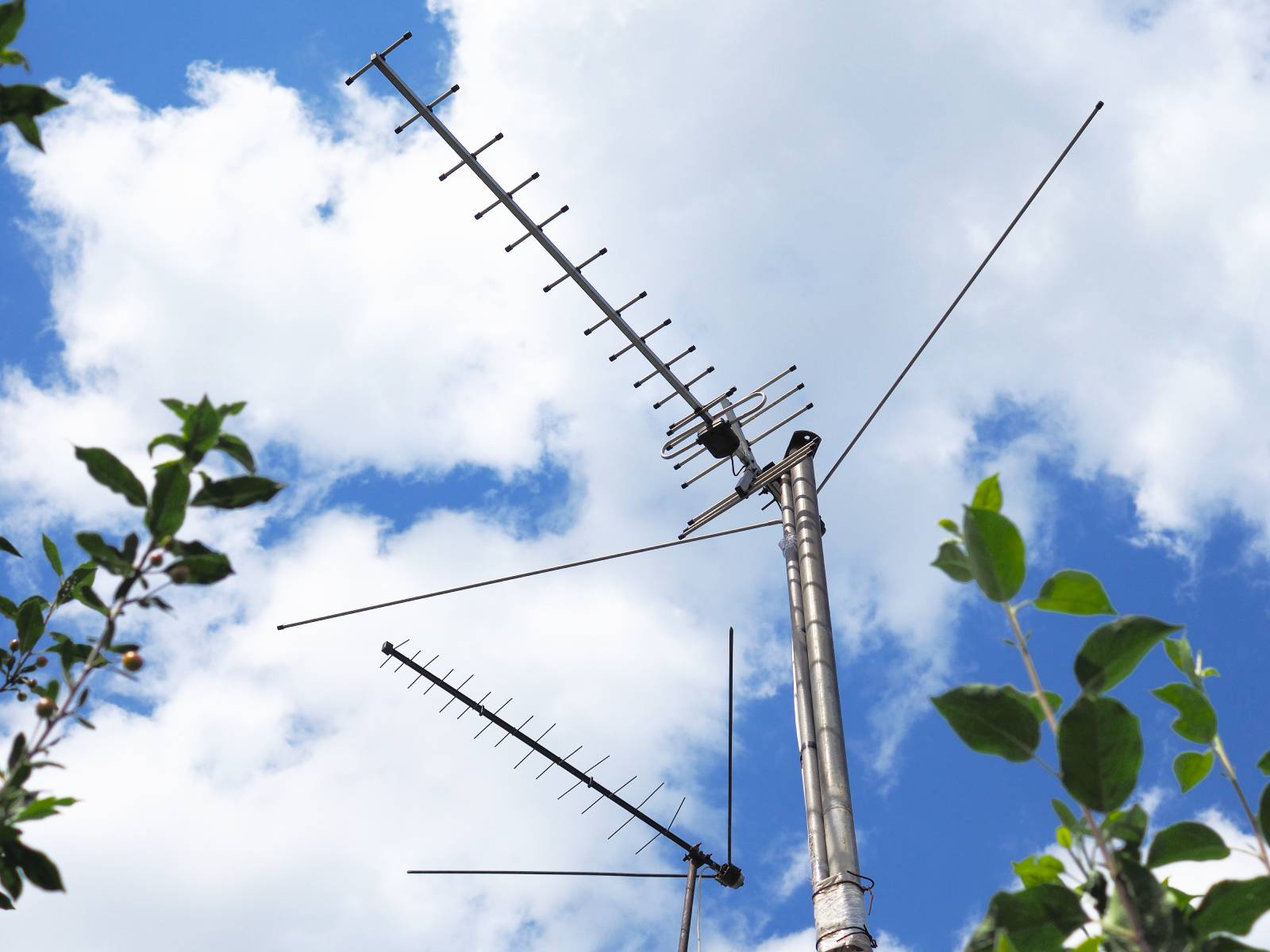
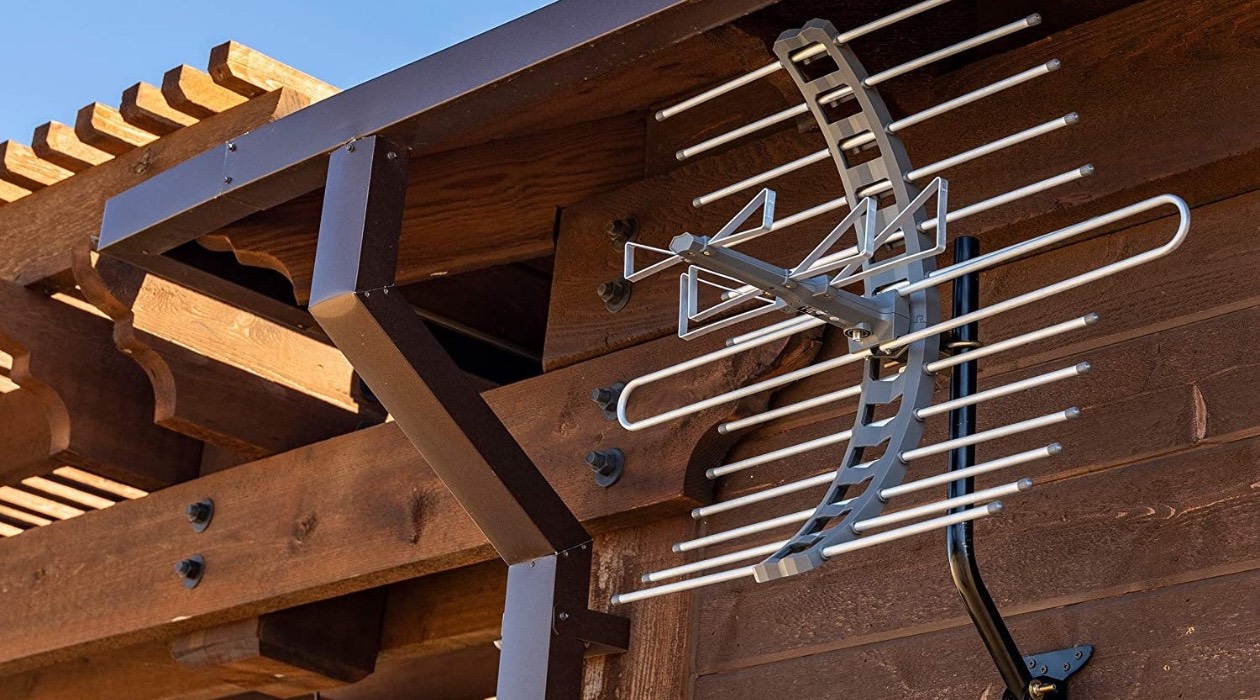
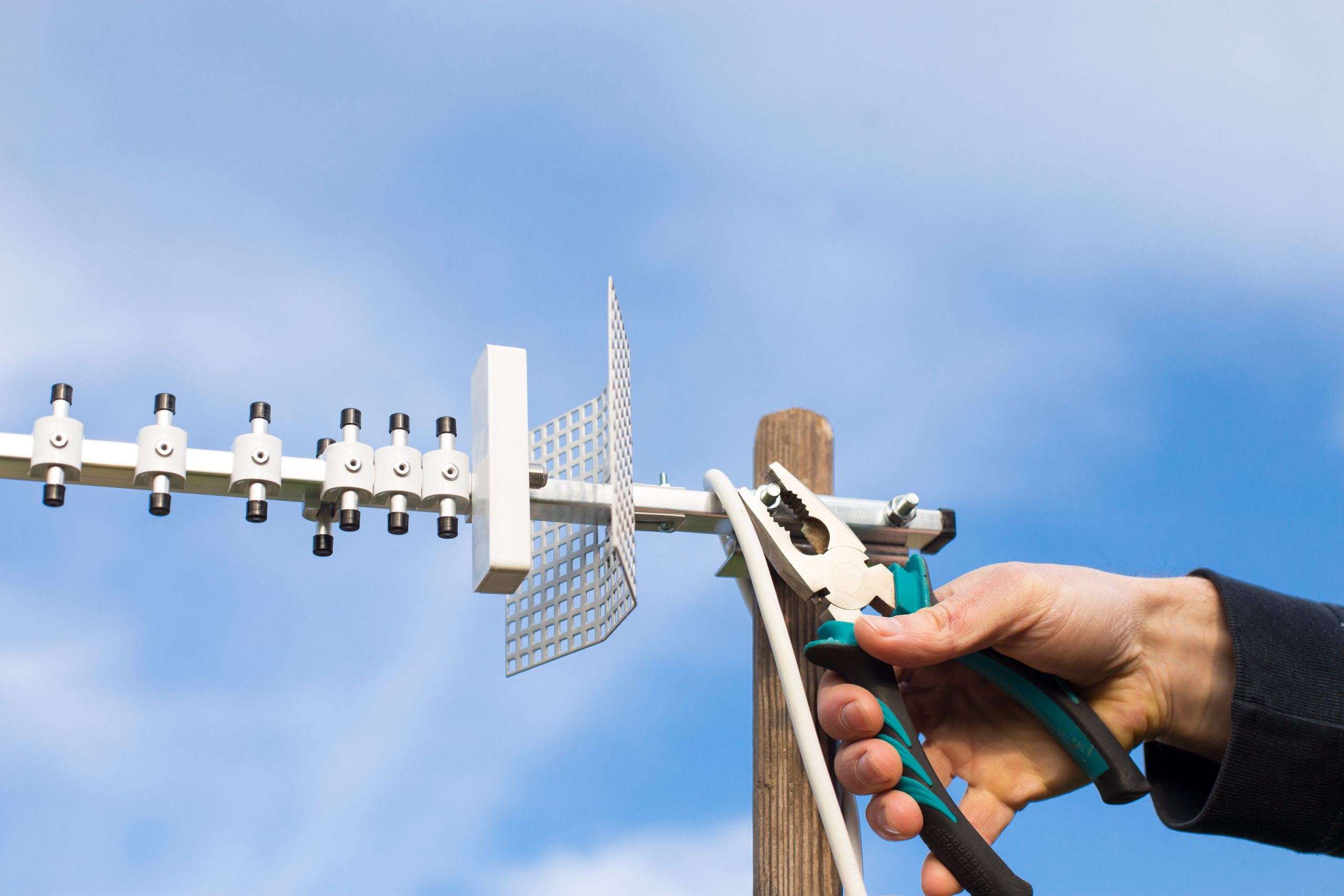
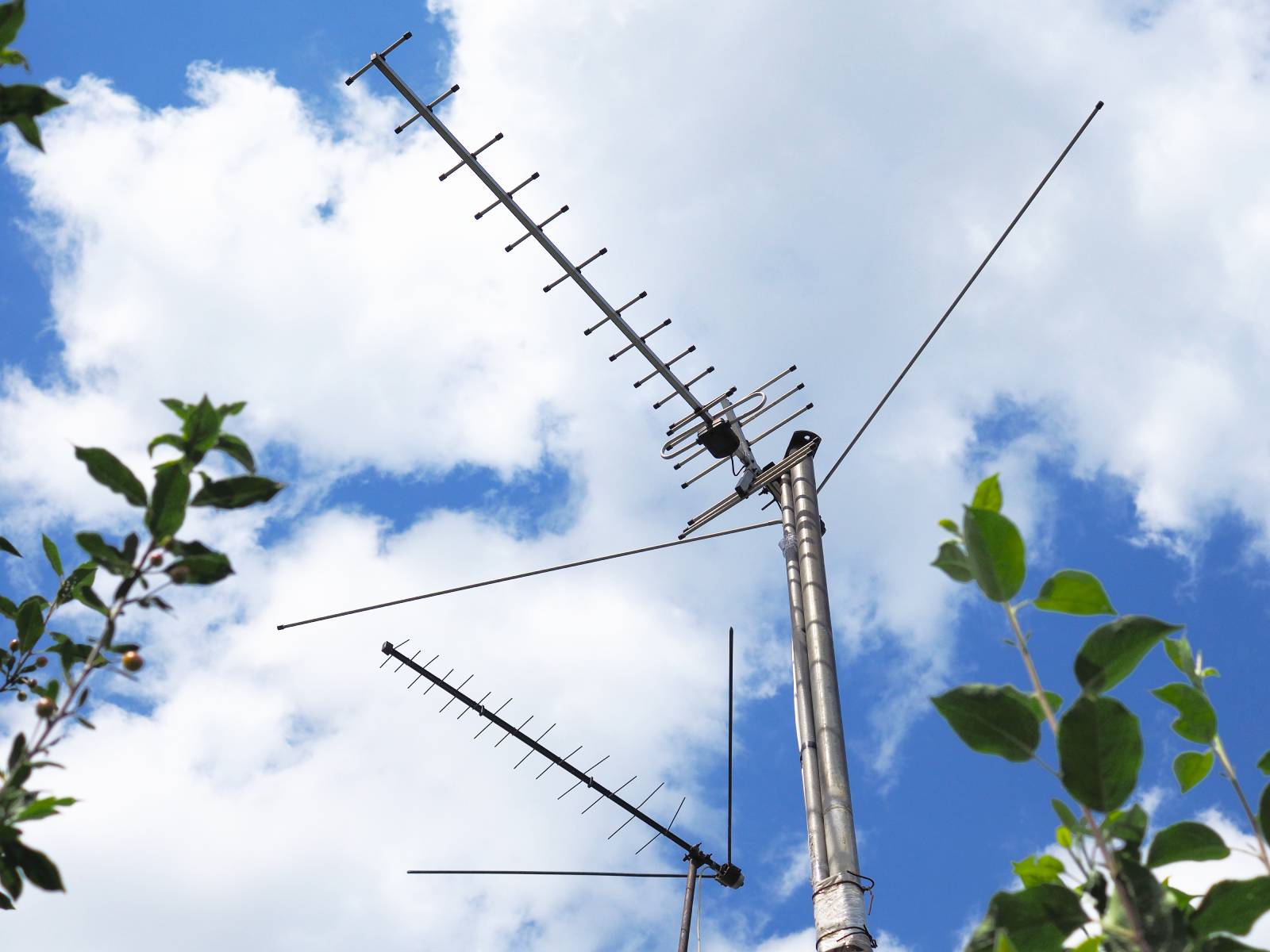
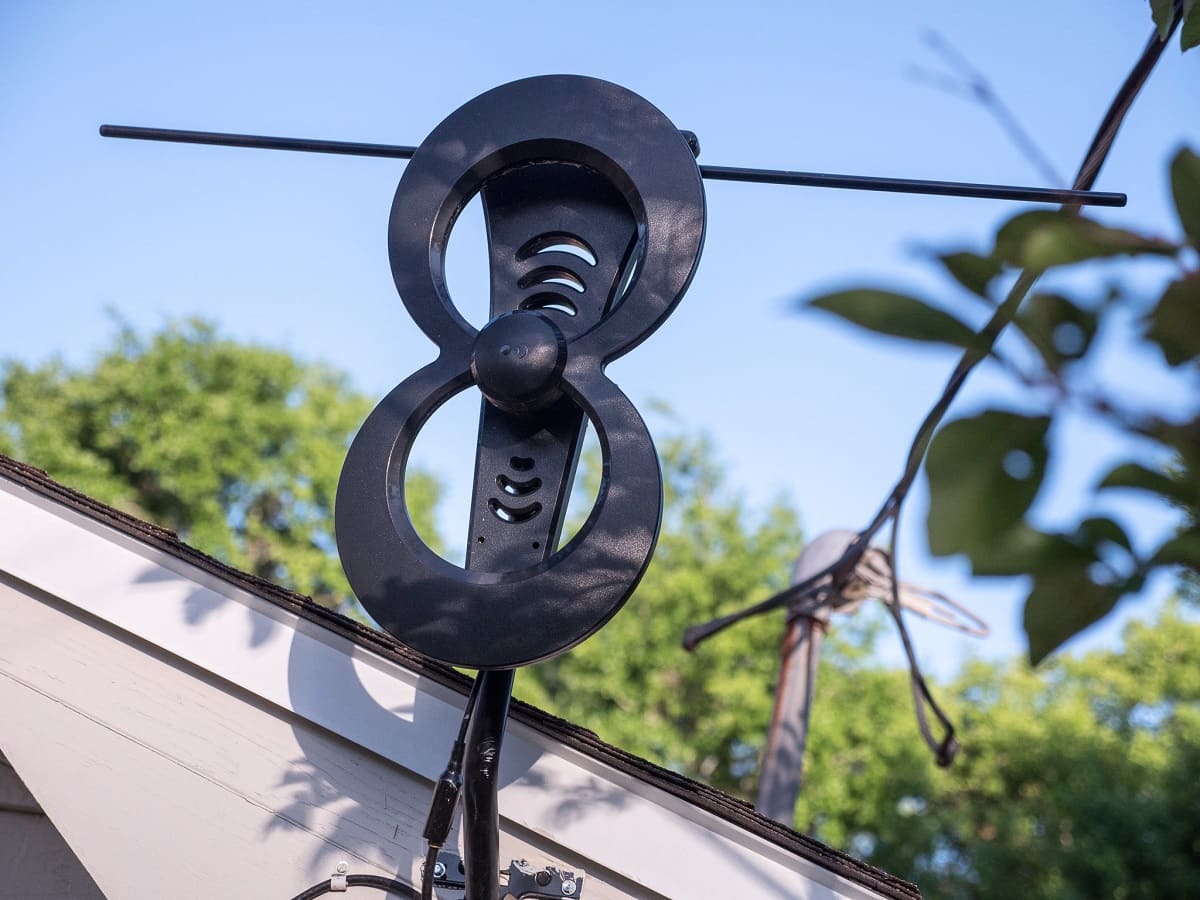
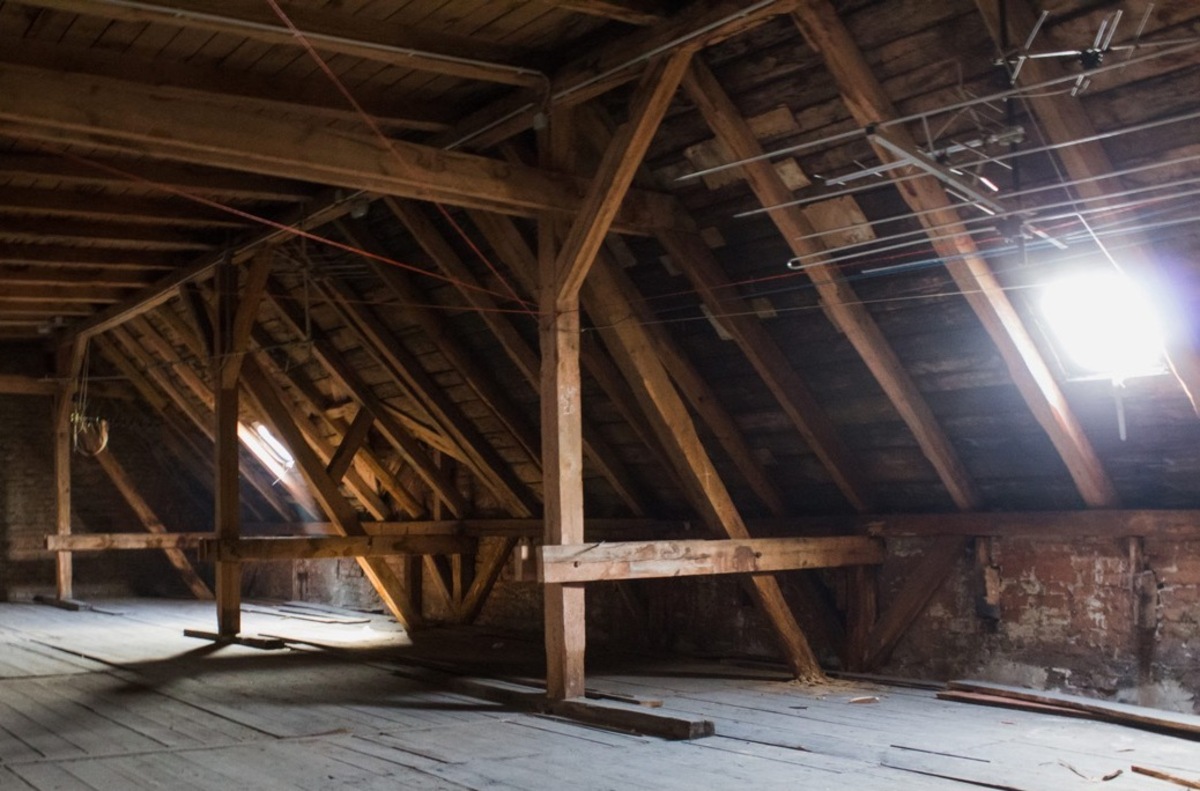

0 thoughts on “How To Install An Outdoor TV Antenna”